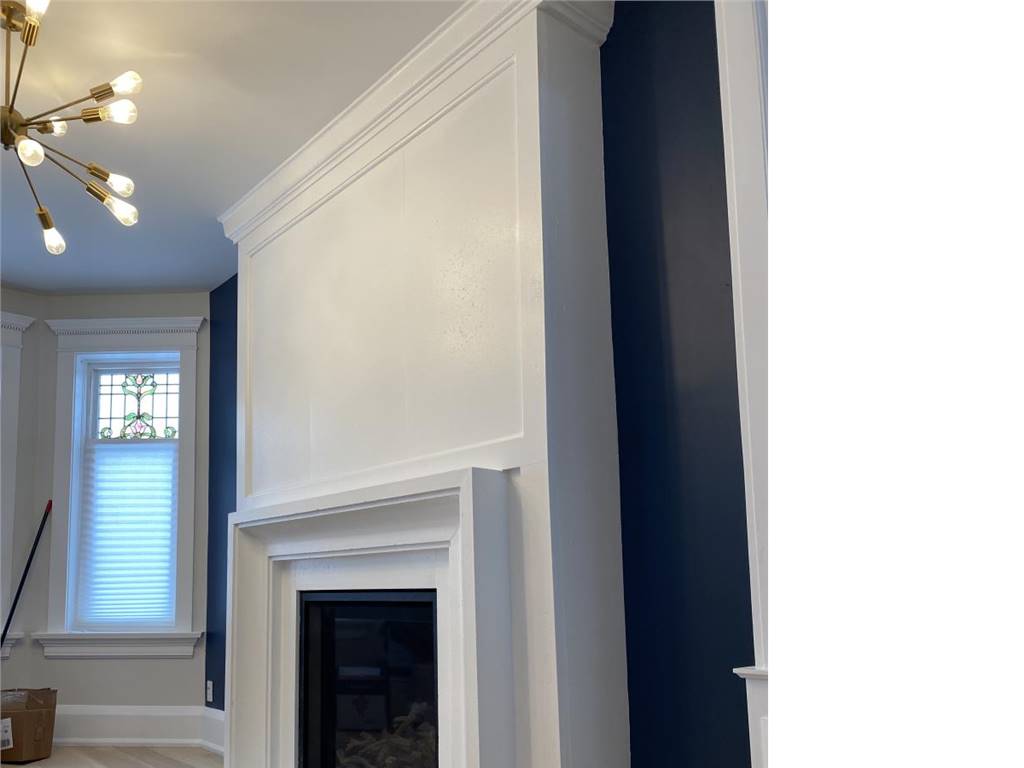
Painting Radiators: Tips From A Professional
As a professional painter, I often get asked about painting radiators. Although it's not a difficult task, there are a few things that people need to know in order to do the job properly. In this blog post, I'm going to share some tips that will help make the process go smoothly. So if you're thinking of painting your radiators, be sure to read on!
Why You Should Paint Your Radiators?
There are a number of reasons why you should consider painting your radiators. Firstly, it can help to brighten up a room and add a touch of personality. Secondly, it can protect your radiators from rust and other damage. Thirdly, it can help to insulate your home and make it more energy-efficient.
One of the best ways to brighten up a room is by painting the radiators. This will add a touch of colour and personality to the space. It’s also a great way to expresses your creativity and get rid of any blandness in the room. Plus, if you have kids they’ll love being able to help out with painting the radiators!
Things to Consider When Painting Your Radiators:
1. Cleaning the Radiator:
The first step in painting your radiator is to turn it off. Clean it thoroughly when it has cooled down. Fill a pail with hot water and a tiny amount of dish soap to clean it. After that, wring out the sponge or rag you're using and clean the entire surface of the radiator, working your way up to the smooth side with the rough side. Then, use a towel to thoroughly dry the radiator.
2. Let the Radiator Cool Down:
When you're painting a room, it's important to keep the radiator cool so that the paint doesn't run or drip. It also does not cause to paint dry too quickly so it is coated evenly. Turning the radiator off will help you achieve a smooth, even finish. Just be sure to turn it back on when you're done painting so that the room can warm up again!
3. Using Sandpaper:
When painting radiators, using sandpaper can help you remove any dirt or dust that is present as well as any old paint that may be on the radiator. This will help the new paint to stick better and look nicer when it is finished.
4. Using a Heat-Resistant Primer:
Using a heat-resistant primer helps you to paint radiators more evenly and prevent the paint from blistering or peeling. It also helps to maintain a more consistent temperature within the radiator, which can improve its overall efficiency. In addition, using a heat-resistant primer can extend the life of your paint job by protecting it from fluctuations in temperature.
5. Using a Heat-Resistant Paint:
One way to make sure that you don't have to worry about your paint job peeling or bubbling when the radiator turns on is to use a heat-resistant paint. This type of paint is specifically designed to withstand the high temperatures that radiators can produce, and it will help make your painting project last longer. Plus, it's a great way to keep your home looking fresh and new!
When painting radiators, you will need to use a brush with synthetic bristles. You should also make sure that the paint you are using is specifically designed for metal surfaces. This will help to ensure that the paint adheres properly and lasts longer.
Q: Can you use a wall paint when painting radiators?
Wall paints are designed to reflect light and color, while radiator paint is designed to absorb heat. Because of this, it's not advisable to use wall paint when painting radiators - the paint may peel or chip as it gets hot. Radiator paint is specifically designed to withstand high temperatures without fading or peeling.
Q: How can you paint the wall behind the radiator?
There are particular tools available at your local hardware shop that make it simple to paint behind radiators. They're cheap, simple to use, and the best option for painting around radiators, toilets, and other hard-to-reach spaces.



